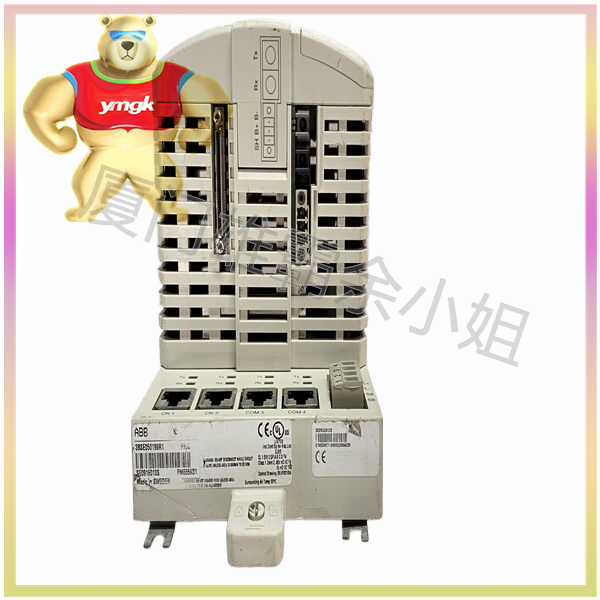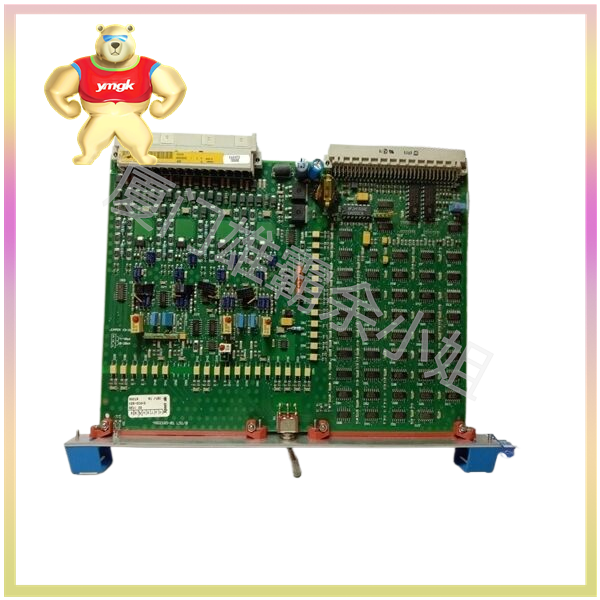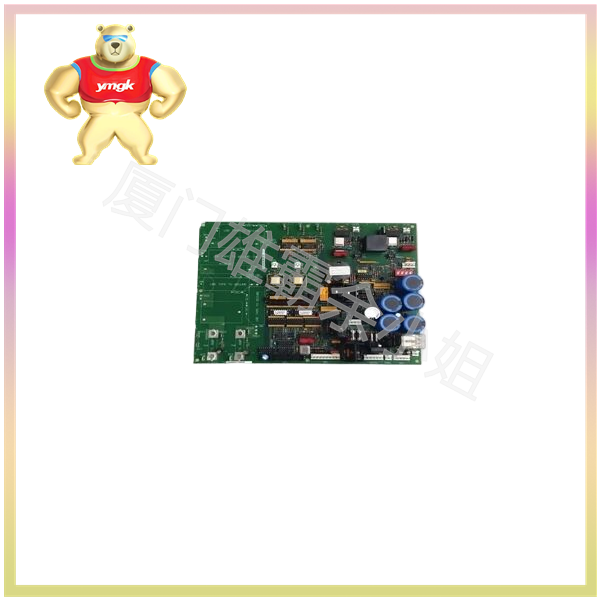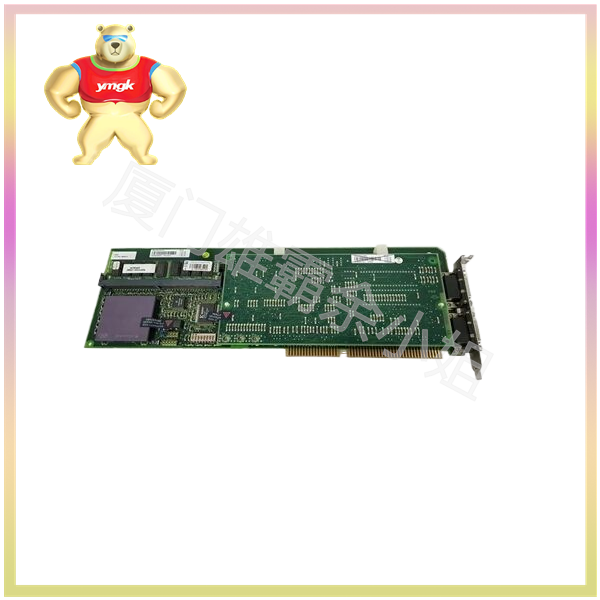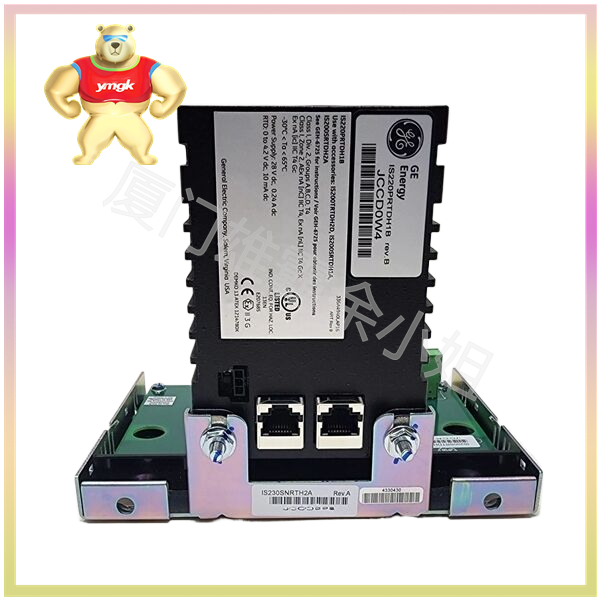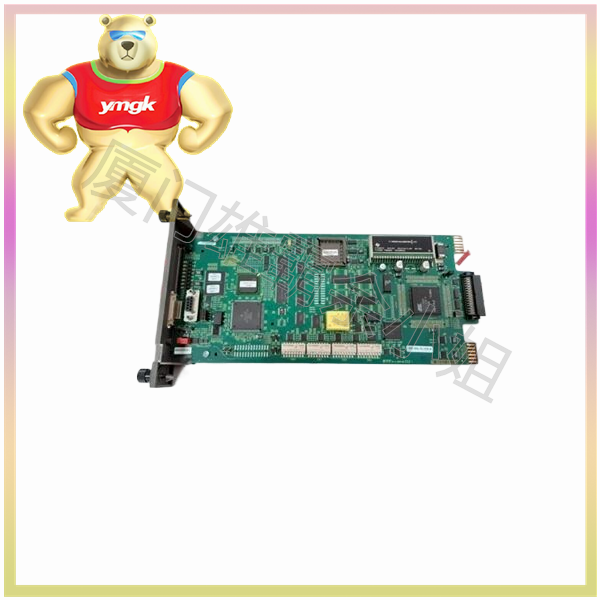The switch output module converts low voltage signals inside the PLC into switch signals that drive external output devices, and achieves electrical isolation between internal and external signals of the PLC. When making a choice, the following aspects should be considered:
1) Output method
The switch output module has three modes: relay output, thyristor output, and transistor output.
The price of relay output is cheap, and it can be used to drive both AC and DC loads. It has a wide range of applicable voltage sizes, small conduction voltage drop, and strong ability to withstand instantaneous overvoltage and overcurrent. However, it is a contact element with slow operating speed (when driving inductive loads, the contact operating frequency should not exceed 1HZ), short service life, and poor reliability, and can only be used in situations where frequent switching is not necessary.
For loads that frequently switch on and off, thyristor output or transistor output should be selected, as they belong to contactless components. But thyristor output can only be used for AC loads, while transistor output can only be used for DC loads.
2) Output wiring method
The switch output module mainly has two wiring methods: grouped and separated,
Group output refers to several output points grouped together, with a common terminal for each group. The groups are separated and can be used to drive external output devices of different power sources; Separated output means that each output point has a common terminal, and the output points are isolated from each other. The selection is mainly based on the power type and voltage level of the PLC output device. Generally, integrated PLCs have both grouped and separated outputs.
3) Driving ability
The output current (driving capability) of the switch output module must be greater than the rated current of the external output equipment of the PLC. Users should choose the output current of the output module based on the actual current size of the output device. If the current of the actual output device is large and the output module cannot be directly driven, an intermediate amplification link can be added.
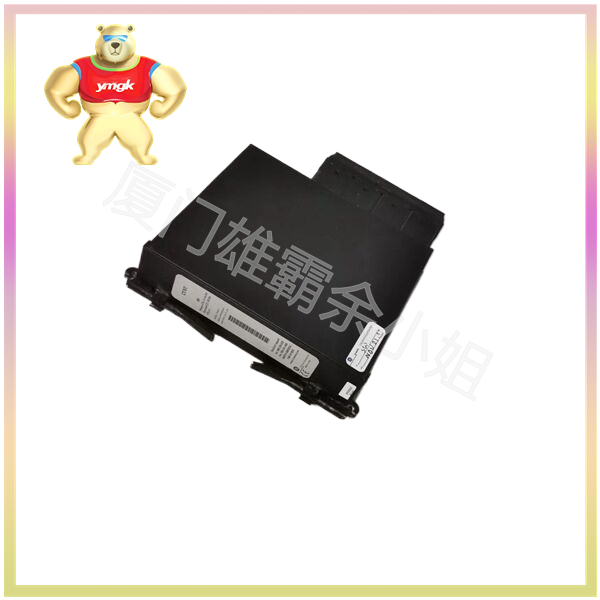
4) Pay attention to the number of output points connected simultaneously
When selecting a switch output module, the number of output points that can be simultaneously connected should also be considered. The cumulative current value of simultaneously connecting output devices must be less than the current value allowed to pass through the common terminal. For example, in a 220V/2A 8-point output module, each output point can withstand a current of 2A, but the current allowed to pass through the output common terminal is not 16A (8 × 2A), usually much smaller than this value. Generally speaking, the number of points connected simultaneously should not exceed 60% of the output points of the same common terminal.
5) The maximum output current is related to factors such as load type, ambient temperature, etc
The technical specifications of the switch output module are closely related to different types of loads, especially the maximum current output. In addition, the maximum output current of thyristors will decrease with the increase of ambient temperature, which should also be noted in practical use.

